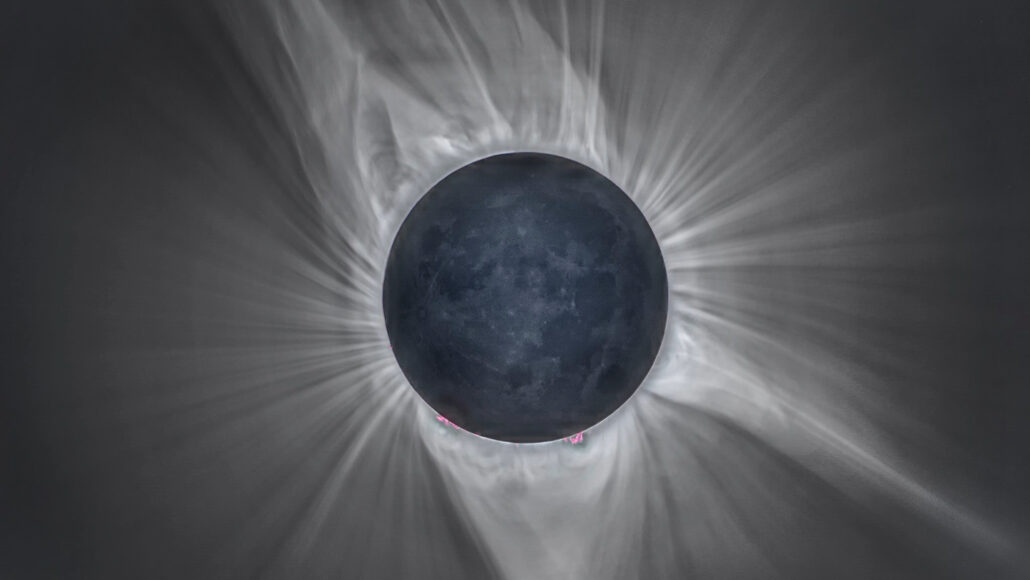
Space
You can get involved in science during the 2024 solar eclipse
The sun will be near the peak of its activity cycle during the eclipse on April 8, 2024. That will make it a great time to crowdsource solar research.
Come explore with us!

The sun will be near the peak of its activity cycle during the eclipse on April 8, 2024. That will make it a great time to crowdsource solar research.
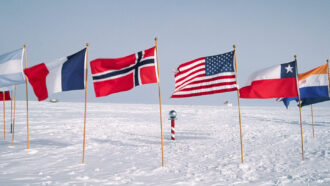
A pole is either of two opposite ends of a molecule, magnet, battery, planet or other object.
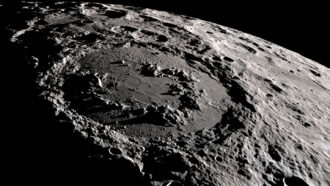
Volcanic eruptions billions of years ago may have produced several temporary atmospheres on the moon that held water vapor.
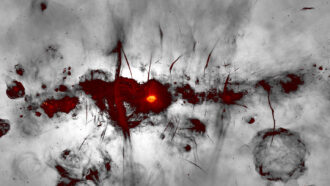
Eyelash-like radio filaments accent the brightest feature in this image — a supermassive black hole.

In a dozen years or so, the tide-enhancing effects of a wobble in the moon’s orbit should lead to dramatically higher sea levels in some coastal cities.
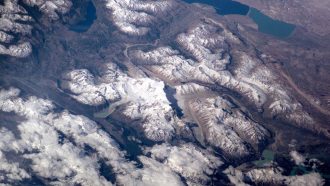
This mid-1990s shift in the pole’s movement was driven by glacial melt. And that was triggered in part by climate change, a new study reports.
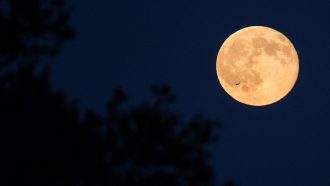
These sodium atoms are part of the debris kicked up from the moon’s surface, mostly by micrometeorites, two new studies conclude.
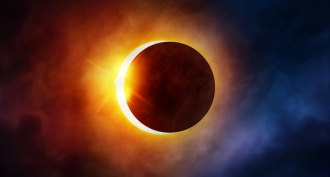
Eclipses are one of nature’s most awesome spectacles, and scientists have learned a lot by observing them and related celestial alignments — occultations and transits.

A machine heats iron atoms to temperatures that match the interior of the sun. This has helped solve a solar mystery.
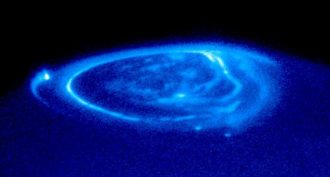
Groundbreaking research in astronomy landed four high school seniors spots as finalists in the 2014 Intel Science Talent Search.